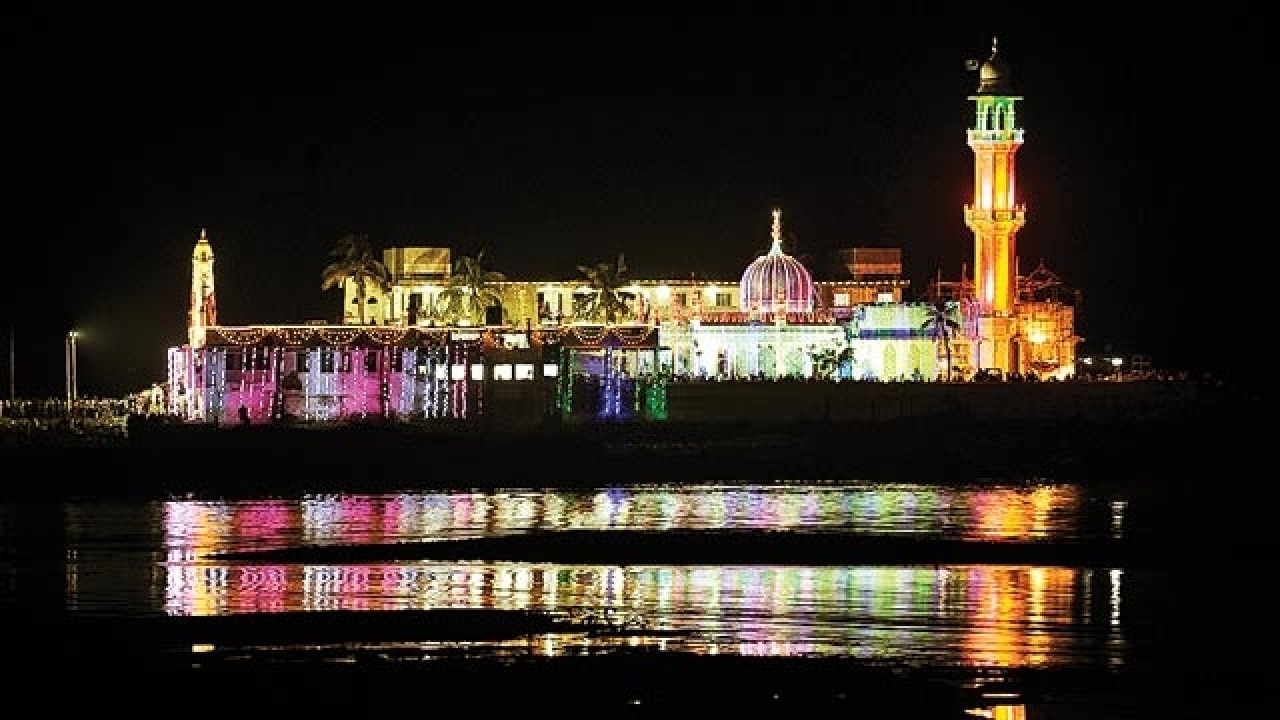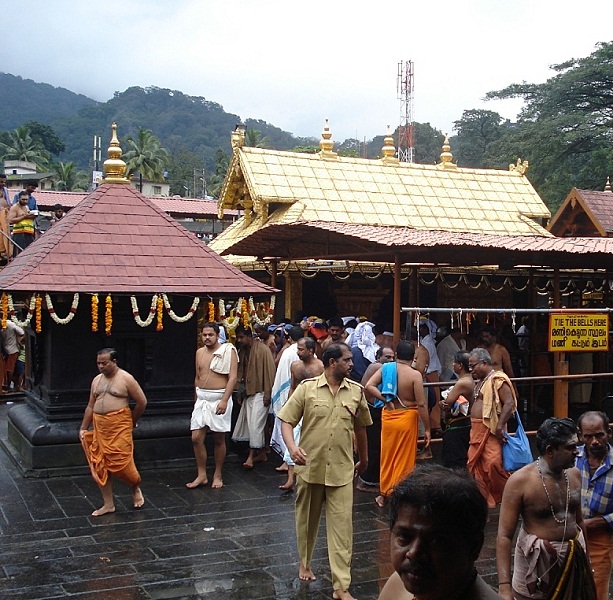Five places of worship in India that deny entry to women
Several places across the country still do not allow women to enter places of worship.

Haji Ali , Wikimedia Commons
On Friday, the Bombay High Court directed Maharashtra government to take pro-active steps to ensure compliance of law and prevent discrimination against women on entry to places of worship, saying "it is the fundamental right of a woman" and the government should protect it. The court said this as it was disposing of a PIL challenging the bar on entry of women in the sanctum sanctorum of Shani Shingnapur temple in the Ahmednagar district.
Recently women activists were barred from entering the Shani Shingnapur Temple in Maharashtra as they tried to force their way in, in a planned protest against the tradition of disallowing women from entering the inner sanctum of the shrine.
Apart from Shani Shingnapur Temple, Haji Ali Dargah in Mumbai and Sabarimala temple in Kerala have also been in the news related to an ongoing legal battle for women to gain access to these places of worship.
Following the Bombay High Court's order to explain this discrimination, the Maharashtra government assured the High Court that it was completely against gender discrimination and would ensure that the provisions of Maharashtra Hindu Place of Worship (Entry Authorisation) Act are strictly implemented.
While this might be a small victory of sorts for gender equality in India, several places across the country still do not allow women to enter places of worship.
Haji Ali Dargah, Mumbai
Located along the coast of Mumbai this iconic landmark, which has the tomb of the 15th-century Sufi saint Haji Ali, does not allow women to come close to the grave.
The reason cited by the trustees to the Bombay High court was that: "The trustees are unanimous on the point that entry of women in close proximity of a grave of male Muslim saint is a grievous sin as per Islam and as such governed by Constitution law and particularly Article 26 of the Constitution, which confers upon the Trust a fundamental right to manage its own affairs of religion and as such interference is uncalled for by any third agency."
According to the PIL filed by Bharatiya Muslim Mahila Andolan, the Dargah had been open to women but entry to the inner sanctorum was restricted from June 2012.
Similar rules have also been in place at the Nizamuddin Dargah in Delhi, where women are only allowed close to the door and not inside the chamber where Hazrat Nizamuddin Auliya is buried.
Lord Ayyappa Temple, Sabarimala
The Sabarimala temple has been stuck in a legal to and fro for disallowing girls and women between 10 and 50 years of age to enter the temple complex. The reason cited often is that women during their menstruation period are not supposed to enter places of worship. A priest had to reportedly perform a 'purification ritual' after a 35-year-old woman has set foot inside the complex once.
The Supreme Court had recently questioned the ban on women at the Lord Ayyappa temple while considering a plea and said the God does not discriminate between men and women, so why should there be gender discrimination in the premises of the temple.
 Image credit: Wikimedia CommonsWikimedia Commons
Image credit: Wikimedia CommonsWikimedia Commons
On March 21, 2016, Sabarimala temple authorities decided to regulate the presence of women of menstrual age in and around River Pampa during the 'aarattu' (ritualistic bath) ceremony on Mar 23. The Ayyappa idol is taken from the temple's sanctum sanctorum for a holy dip in the Pampa river for 'Aarattu.'
Though the entry of women is banned at the hillock shrine, there has been no restriction for women devotees in and around Pampa except at the 'aarattu kadavu', where the Lord takes holy dip, during the time of the ritual.
Patbausi Satra, Assam
Women are banned from entering this temple to preserve its 'purity'. This temple also cites menstruation as the reason behind barring entry to women. In 2010, Assam Governor JB Patnaik, who was visiting the Patbausi, Sundaridiya, and Barpeta satras spoke with the authorities of the Patbausi satra and took a group of 20 women in. Following this, the satra was briefly open to women before the rule was eventually re-imposed.
Lord Kartikeya Temple, Pushkar
The temple worships the brahmachari form of Lord Kartikeya. There is a myth that the Lord curses women who enter the temple instead of blessing them. As a result, women are banned from entering the temple.
Ranakpur Temple, Rajasthan
This temple made entirely of carved white marble is a landmark and several Indian and international tourists visit it to admire its beauty and grandeur. However, a large board outside clearly defines when and how a woman can visit here. Again, women on their periods are asked to not enter the temple. It also has rules about wearing western clothes and accessories. The temple requires women to cover their legs till below their knees.
While Ranakpur is famous, several other smaller temples in Rajasthan and Madhya Pradesh also place similar restrictions on women.
